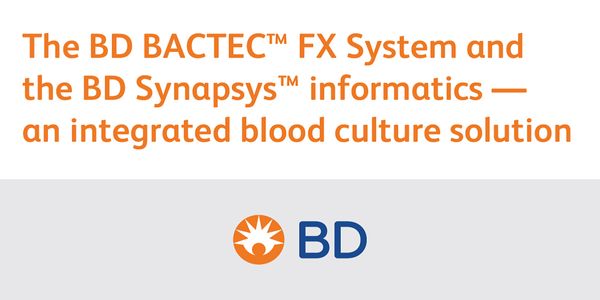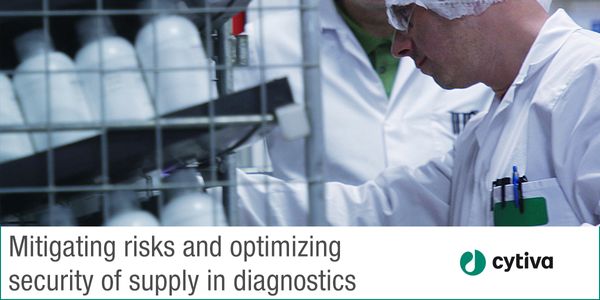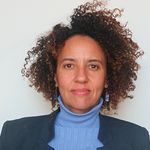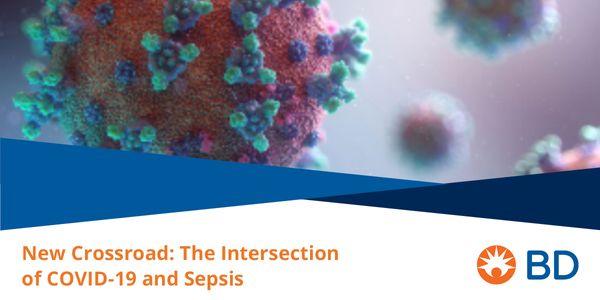Laboratory Testing
Laboratory Testing: Laboratory tests check a sample of your blood, urine, or body tissues. A technician or your doctor analyzes the test samples to see if your results fall within the normal range. The tests use a range because what is normal differs from person to person. Depending on the test, the presence, absence, or amount of an analyte may mean you do have a particular condition or it may mean that you do not have the particular condition.
-
Robotic partial nephrectomy (RPN) has increasingly been applied to the treatment of small renal masses. Because of space limitations and the size of the robot at the patient side, the standa...
Immune therapy approaches are being used in many different solid cancers today including clear cell renal carcinoma (mccRCC) and metastatic prostate adenocarcinoma. Over the past few years i...
Speaker:
Benjamin Maughan, MD, PharmD
Activating mutations in PIK3CA are frequent in human breast cancer, and phosphoinositide 3-kinase alpha (PI3Kα) inhibitors have been approved for therapy. To characterize determinants...
Speaker:
Neil Vasan, MD, PhD
CRISPR-based genome editing has accelerated biological research and holds great potential for studying and treating human diseases. The CRISPR-Cas9 system requires a Cas9 nuclease and a guid...
Speaker:
James Goldmeyer, PhD
SEP 29, 2020 | 8:00 AM
DATE: September 29, 2020 TIME: 8:00 am PDT There is a steady increase in FDA 483s related to microbiology. Though most are for sterile products, non-sterile and terminally sterilized product...
SEP 23, 2020 | 10:00 AM
DATE: September 23, 2020 TIME: 10:00am PT, 1:00pm ET Diagnostics, particularly blood cultures, play a key role in sepsis diagnosis. Best practices are well-known for collection, transport, a...
...
Speaker:
Chris Linthwaite
, Andrew Quong, PhD
, Alex Cherkassky, PhD
Presented at: 9th Annual Fluidigm Mass Cytometry Virtual Summit
SEP 22, 2020 | 11:00 AM
DATE: August 22, 2020 TIME: 9:00am PDT The western blotting technique that began as a means of detecting the protein of interest in a complex sample that may contain numerous other proteins...
SEP 22, 2020 | 9:00 AM
DATE: September 10, 2020 TIME: 8:00am PDT, 11:00am EDT...
The COVID-19 pandemic has resulted in demand for population scale pathogen screening. The most sensitive and reliable method for detecting SARS-CoV-2 remains reverse transcription PCR (RT-PC...
There are an urgent need for antivirals to treat the newly emerged SARS-CoV-2. We set out to develop cell-based screens to repurpose existing drugs for use against SARS-CoV-2. Our goal was t...
Richard Hughes: New immunogenicity strategies to meet the needs of a developing pandemic Shortly after the COVID-19 pandemic began, the subject of serological testing for anti-viral antibodi...
Speaker:
Russell Garlick, PhD
, Richard Hughes
, Joel Lefferts, PhD, HCLD, DABCC
























